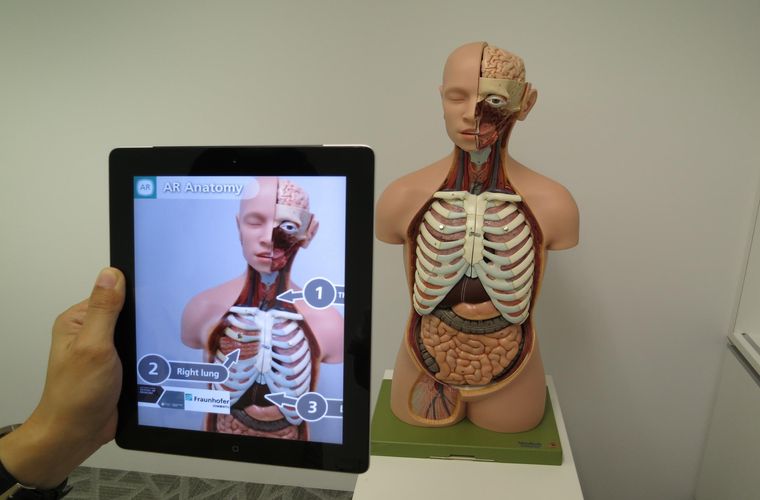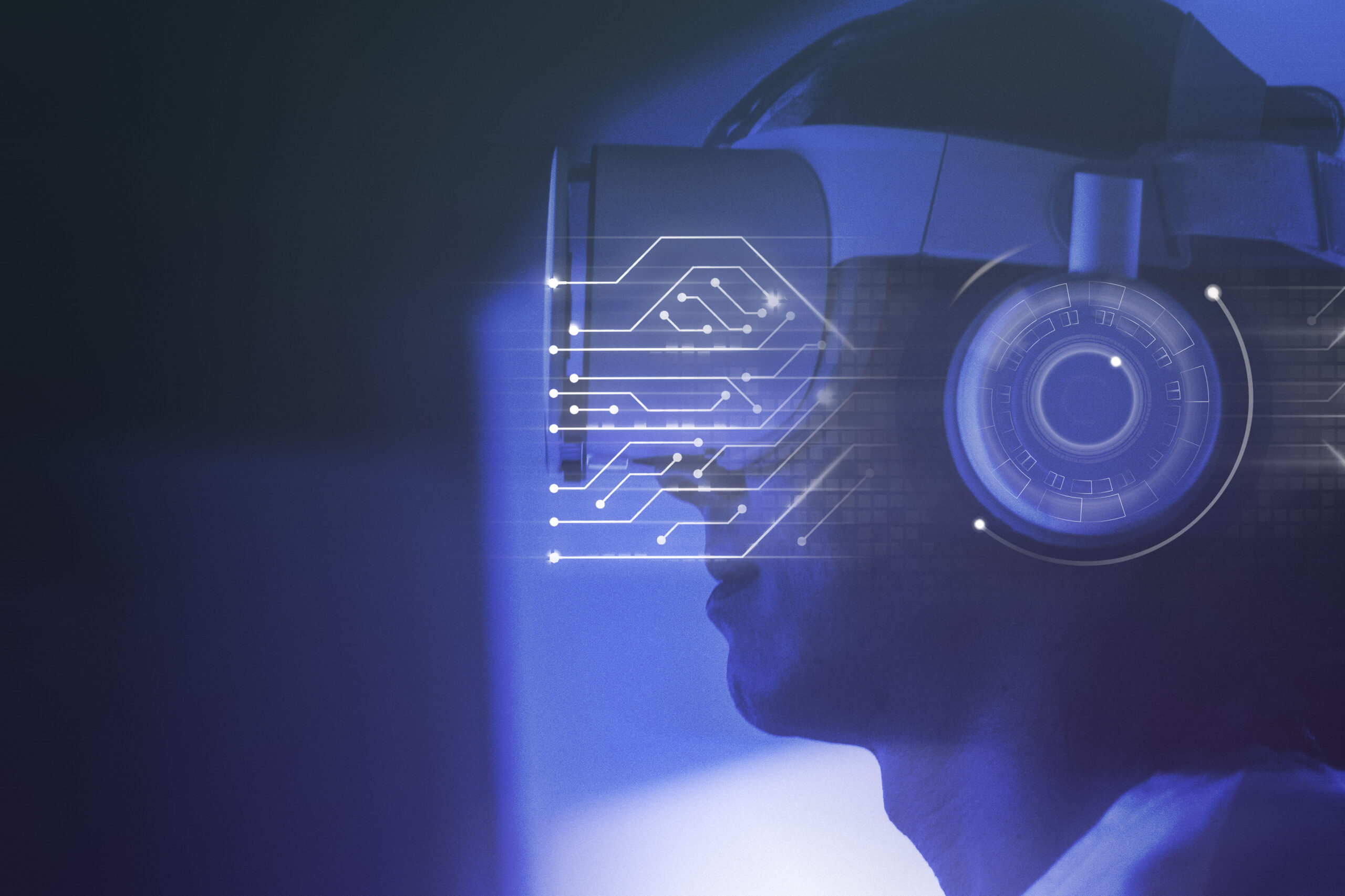Augmented Reality (AR) has become a more common tool for businesses, museums, classrooms, and other groups to use because of its simplicity. With its larger use, the AR market is growing significantly. As of 2020, the global AR market was worth $4.6 billion and is predicted to reach $97.76 billion by 2028. That giant leap in market worth has got many investors excited about the top AR companies as well as what this technology can do. Because AR uses digital overlays to mix reality with virtual aspects, its applications are nearly endless, from companies developing AR animations for products, to classrooms using this technology to better engage students. While augmented reality overlays may seem like magic, the design behind this technology is rather complicated, yet provides flexibility for different types of digital creations.
How Do Augmented Reality Overlays Work?
In order for something to be considered an augmented reality, there must be graphics, sounds, or other sensations superimposed over a view of reality in real-time. To do this, many AR companies use smartphones or AR glasses to project graphics or animations onto a user’s view. For example, the popular game Pokémon Go uses a smartphone to create an augmented reality where users can get digital prizes by moving through real spaces. To create an AR experience like Pokémon Go, designers need a camera and a device with AR software, like a smartphone. Using the camera, the AR software can create a video stream that identifies a specific physical object and overlays the graphics onto that object. In order to add the graphics, the smartphone accesses a “digital twin” of the physical object, stored in the cloud. The digital twin is the virtual rendering of a physical object, and can therefore be virtually manipulated to create a specific AR experience.
Using the digital twin, the AR software can retrieve and analyze information about the physical object. This then allows the AR software to superimpose the digital twin on the physical object. From there, the user can interact with the AR experience, sending controls to the software via the cloud, allowing the software to adapt. This back and forth continues for the entire experience, allowing for a user to run through a comprehensive digital journey in the overlay.
What are the Different Types of Augmented Reality Overlays?
Because of its many applications, there are a few different types of augmented reality overlays. Two of the most common are the table-top AR and product-overlay AR. The product-overlay AR was described above, as a digital 3D twin that is overlaid onto a physical object, for example, a virtual X-ray of a human chest with a beating heart may be placed over an individual’s chest. In contrast, table-top AR does not need a physical object to overlay on but instead is merely a virtual 3D model, such as a car or house’s floorplan. Both of these types of AR have their benefits, as many companies use each type to enhance product marketing, improve sales pitches, or better analyze product design. Other organizations, such as schools, may also use both types of overlays to teach students subjects like the solar system or the oceans without having to travel to either of those locations. Because of the flexibility of the AR software, schools are already finding it to be a cost-effective option for virtual lessons, cutting down on the costs for field trips while continuing to engage student interest.
Because AR is designed to blur reality and virtual reality, it should not be fully immersive (unlike virtual reality). As the augmented reality overlays easily and cheaply allow this blurring to happen, it will be no surprise to see little design change in the AR software. What will change however is how big the AR market becomes, as more industries realize its benefits and want to leverage them for bigger successes.

















